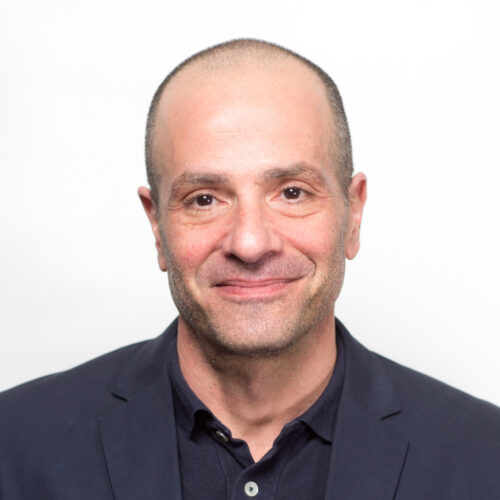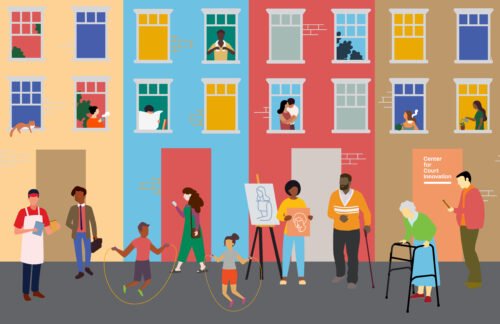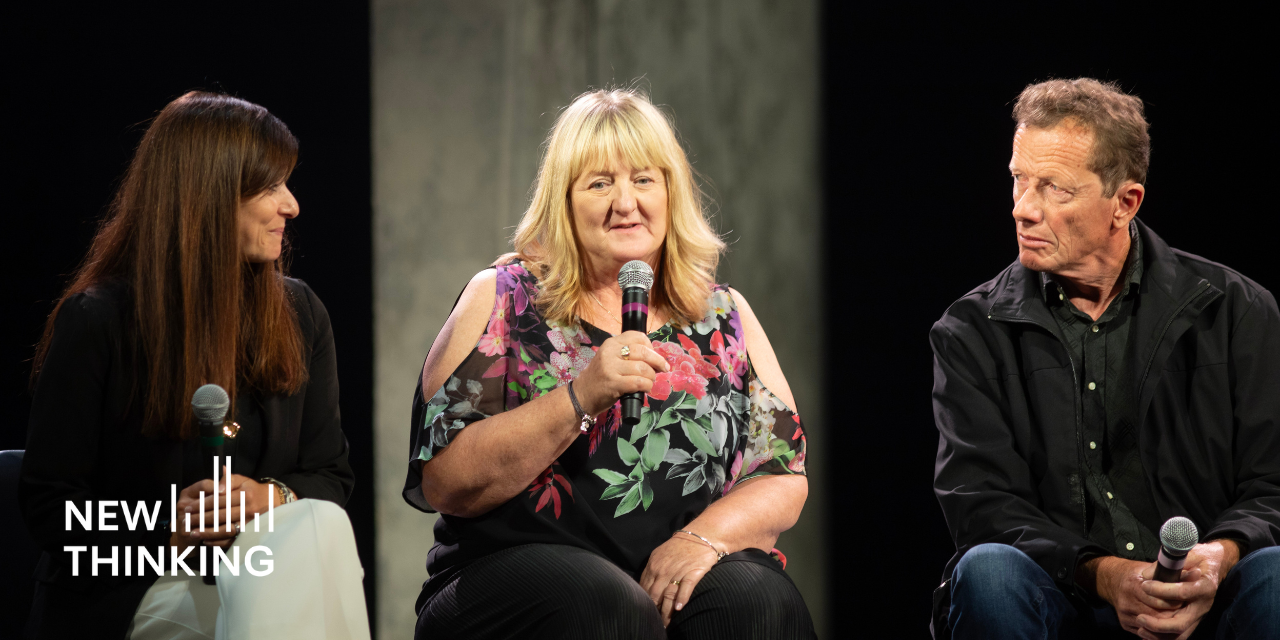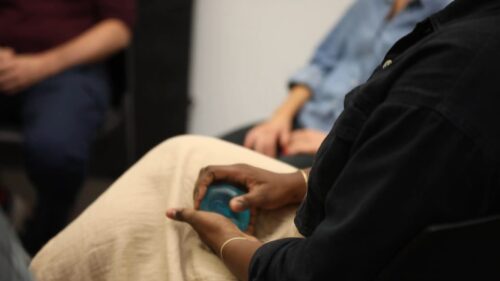-
Robert Wolf

Robert Wolf
-
William Harkins
William Harkins
For 25 years, the Center for Court Innovation has been committed to transforming justice. Hear our partners and staff share how the Center started as one program in New York City to change the “status quo” in justice reform. Today, we co-create and generate safety, while shrinking the footprint of the legal system. A fair and humane approach to justice centers the needs of the people that we serve, and recognizes each individual as worthy of dignity and respect. We listen to communities to co-create new approaches that reduce reliance on the system and build thriving neighborhoods.
You can put humanity at the forefront of justice. Learn how.


